THE STORY OF YAPATERA
Life in a Fertile Land With Ancient Roots
APRIL 6, 2018
The last rays of sunshine fall on the roofs and the backs of rice farmers returning to their homes. Seated on a wicker chair, Abelardo Alzamora contemplates the sunset while horse-drawn wagons, overflowing with mangos, cross the street. In front of his house is a mural painted on a wall, which captures the reason for our conversation. On the wall, a group of men and women stand together under a message, “Zambo, mulato, moreno…Recognise yourself as a Afro-Peruvian!”.
Abelardo became interested in his identity the day he met José Campos Dávila while conducting research in Yapatera. “He was black, we had studies and he wasn’t from Yapatera. When I met him I was 19 and I had never heard about Africa” Abelardo recalls. Today, he has turned his house into a museum of Afro-identity. His walls are filled with photos, political magazines, pictures and flags as a result of an entire life dedicated to his activism in black community. The sun starts to disappear, temperature drops and neighbors appear in the doorways of their homes. Yellow lights exit through windows and doors lighting the sandy streets of Yapatera.
Today, the happiness and hardships of Yapatera are the ones of a normal Peruvian farming village. The rain and the weather condition foreshadow the harvest; the harvest is what determines if a year is good or bad. The land produces everything to fill the table, yet they are still poor. It takes just a simple stroll down the streets to realize that in between kids and the elderly, there are no young adults. Most of them are in Lima and other big cities trying to get better paying jobs than what the rural areas can offer. In Yapatera, it is easy to fill the belly with food but not the wallet with money. Life here is austere, yet cheerful – quiet, with a calmness imposed by the harsh sun.
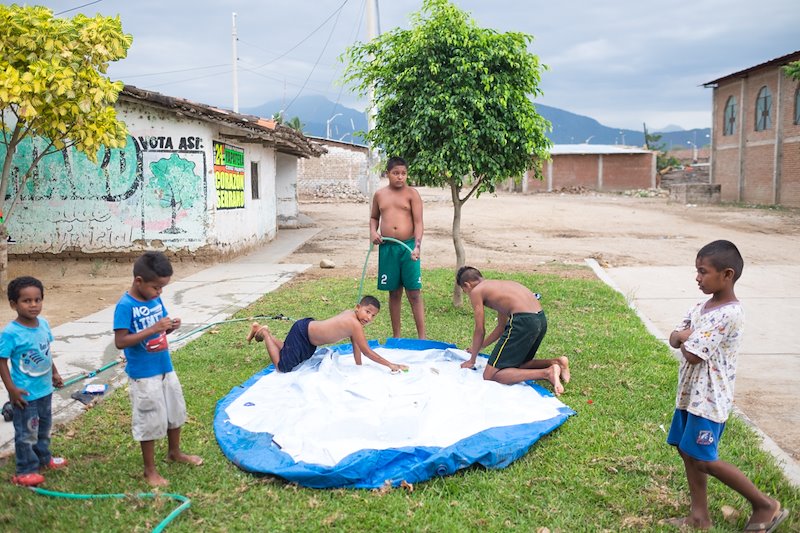
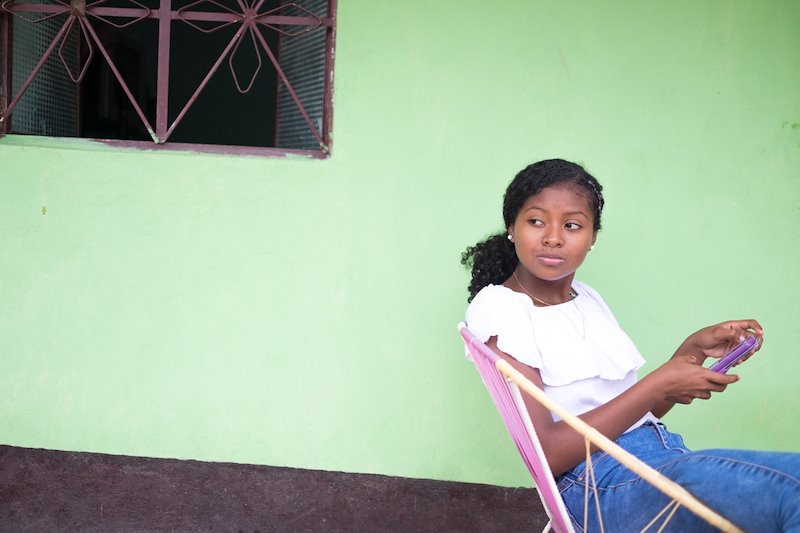
But it was not always like this and the color of the skin of the Yapaterans is proof of the violent origin of this little village, which as a result, now has the highest percentage of Afro-descendants among its people.
The first peoples on this land were the Vicus, Ñañaniques, and Tallanes. Pre-Columbian cultures based in agriculture but with an advance knowledge of architecture, whose presence was seen throughout the Piura region since 500 B.C. With the arrival of the Spanish in Peru around the mid-1500s, a harsh agricultural labor regime was imposed on large estates that soon decimated the indigenous population.The Hacendados, unable to tend to the large plots of land they acquired, ended up purchasing slaves from Africa.
This sparked the flow of enslaved peoples. Large ships from Madagascar, the Congo and Mozambique, delivered the first wave of African slaves at the port of Paita. There, they were unloaded and sold as though they were another piece of cargo. Abelardo still keeps an original document for the sale of a person in 1700; the value of a slave then was not much higher than a horse. By 1810, slaves began arriving by land from Ecuador and Colombia to work in the sugar plantations. Since then, sugar cane became the engine of wealth for the Hacendados and the vehicle of exploitation for the slaves.
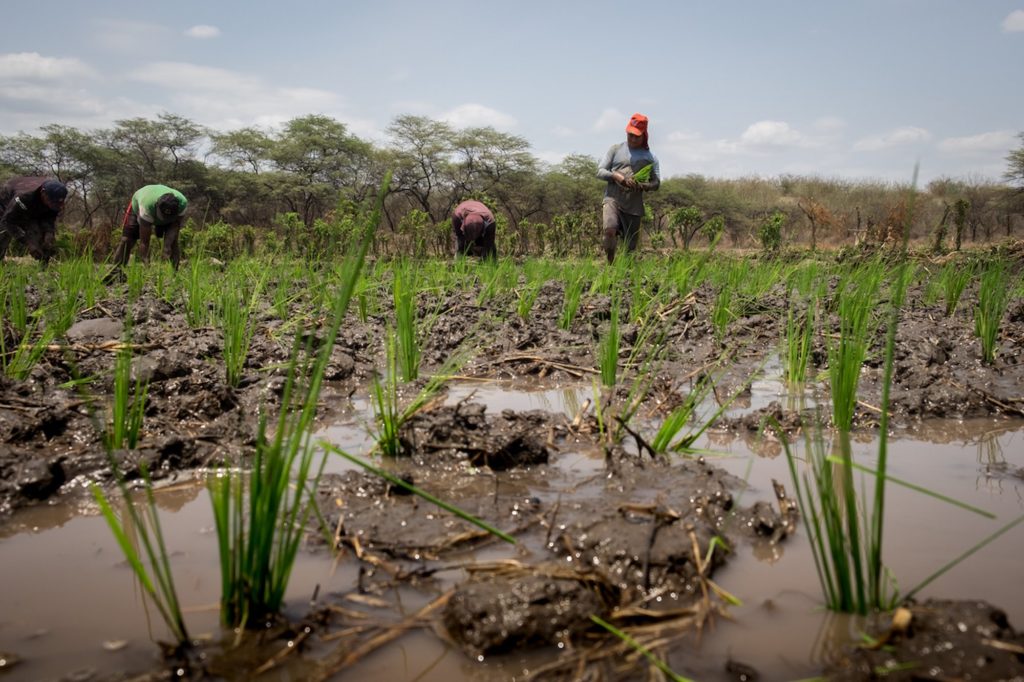
On paper, slavery ended in 1854. However, the model of the Hacienda that came after did not differ much; the history of this time is etched into the skin of the elders in Yapatera.
“Here was the same story, one person owned the land and everyone else worked for him. And the one who didn’t want to work was punished. They tied him to a trap and left him in the sun, or they destroyed his house at midnight. You had to work or you had to leave” Alfonso Castilla
He is 82 years old. but still has an imposing figure when he gets up from his chair. From this chair, he spends his afternoons observing, like a good Yapateran. “That’s how life was here son, until Velasco Alvarado arrived, like Robin Hood, to steal from the rich and give to the poor.” Alfonso refers to the period of the Revolutionary Government of the Armed Forces, in which leftist militias with ideals close to socialism, took power in Peru with the intention of making a social transformation in the country. Its main measure was the Agrarian Reform of 1969, which distributed the large landholdings of the Hacendados between peasants.
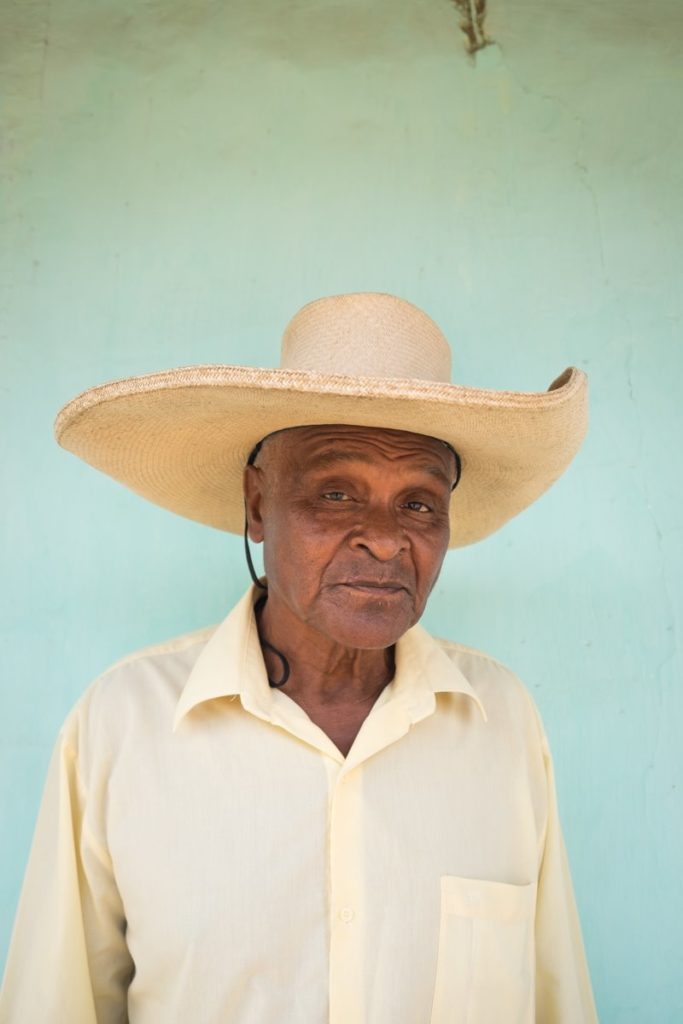
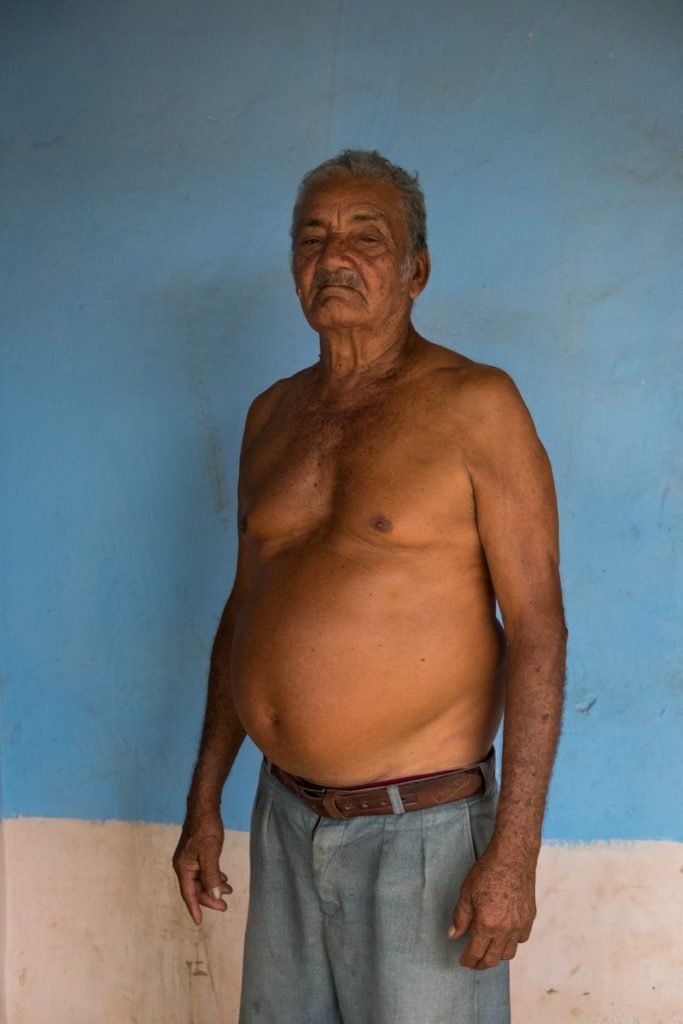
Today, the tall chimneys of the sugar mill serves as a visible symbol of this era of exploitation. This brutal history is also perserved in the cumananas of the poet Fernando Barranzuela, who passed away in February 2017, but whose poetry have become popular knowledge and revered as oral history of Yapatera:
“From the Congo to Yapatera
My brothers have arrived chained
Like beasts and with the heart destroyed
They did not know how to cry
They have been brought to work at cane barracks”
Unfortunately, these hardships are not all in the past. Luzmila Carrasco Torres has been a teacher for more than 27 years in schools in and outside of Yapatera and has witnessed how racial discrimination affects young people. “When they go out to study high school outside of Yapatera, that’s when they become The Weird, The Different. Here in Yapatera, they don’t have that problem. In the closest community, Chulucanas, cases of racism have been reported even by the professors themselves.”
The youngest children in Yapatera are now educated about their culture and history. Luzmila explains, “We…let them know their roots, so that when someone calls them black they don’t feel offended, but proud.”
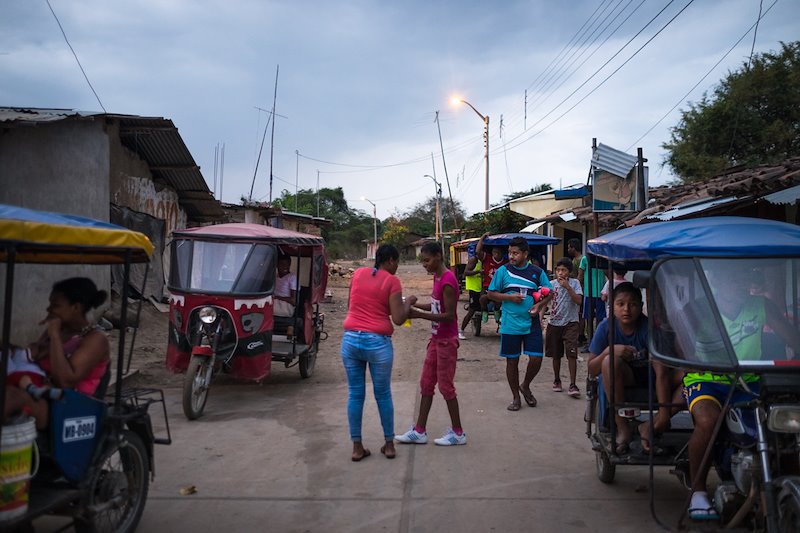
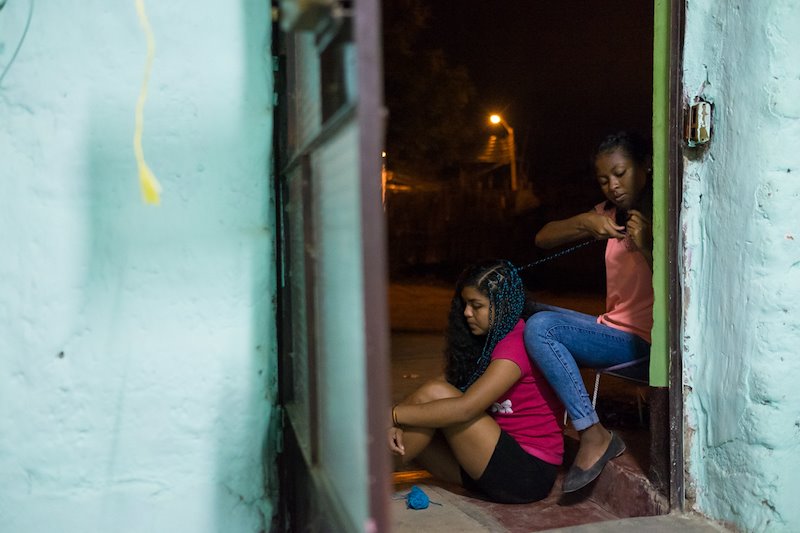
According to a report made by UNICEF last year, the majority of the Afro-descendant population of Yapatera, around 7,600 individuals, has suffered discrimination that is reflected by social inequality. The average income of a Yapateran is 56% lower than the average of his or her neighbor in Chulucanas. The most alarming data of the investigation is that 19.5% of Yapateran children under 8 years old who attend school have been victims of physical violence, while 28.9% suffered psychological abuse.
The Hacienda of Yapatera had as its last owner an Hacendado named Mac Donald, who is still remembered by the Yapaterans for two things: his evil, and the economic disaster he caused. The community remembers Mac Donald riding his horse whipping those he saw eating sugarcane on his land, which spanned the majority of the area. He didn’t like that his workers had moments of leisure and he ordered his foremen to destroy the “chicherías” that in the shade of the trees, served broths and chicha, a drink made from corn. Mac Donald did not believe the Yapateran people were worthy of education. When he heard of a house being used as a school, he sent his men to burn it at night. This is just one example of how the violation of human rights continued long after the abolition of slavery.
THE MANGO AND EL NIÑO
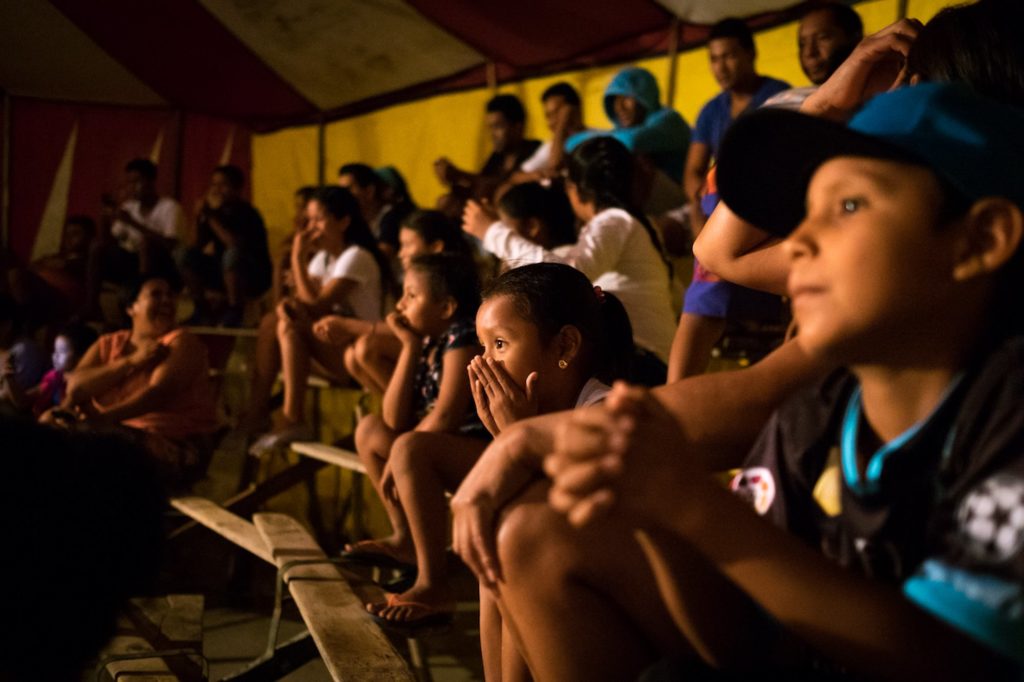
The worst for the Yapaterans came when Mac Donald ordered the destruction of all the cane fields to plant cotton, which resulted in a higher profit. The first two years went well but with the third year, came a plague that, in addition to ruining the landowner, left the people of Yapatera in a famine. As a result of this need, the chacras, small pieces of arable land, were filled with mango trees and rice crops. The farm of Neider Carrasco appears as a green oasis, full of life and water, behind a hill of hard and dry earth. In it there are papayas, pacai, coconut palms, bananas, plums and of course mango and rice. Neider spends almost the same hours in the field as in his house, and only when the sun is at the zenith of the sky does he rest, taking a bath in the river and visits the chicherías; between chacras they serve ceviche and chicha to the farmers.
Neider looks at the sky and says: “This winter, there won’t be El Niño… I hope”. He is referring to the torrential rains that hit Peru last year. This cyclical phenomenon, which comes and takes houses and crops, is part of the Yapateran soul.
The poet Barranzuela wept about the El Niño in a cumanana called “Los aguaceros de El Niño Malcriao”:
“This winter that hurts me
We will not forget it
With tremendous rain
What house will remain?”
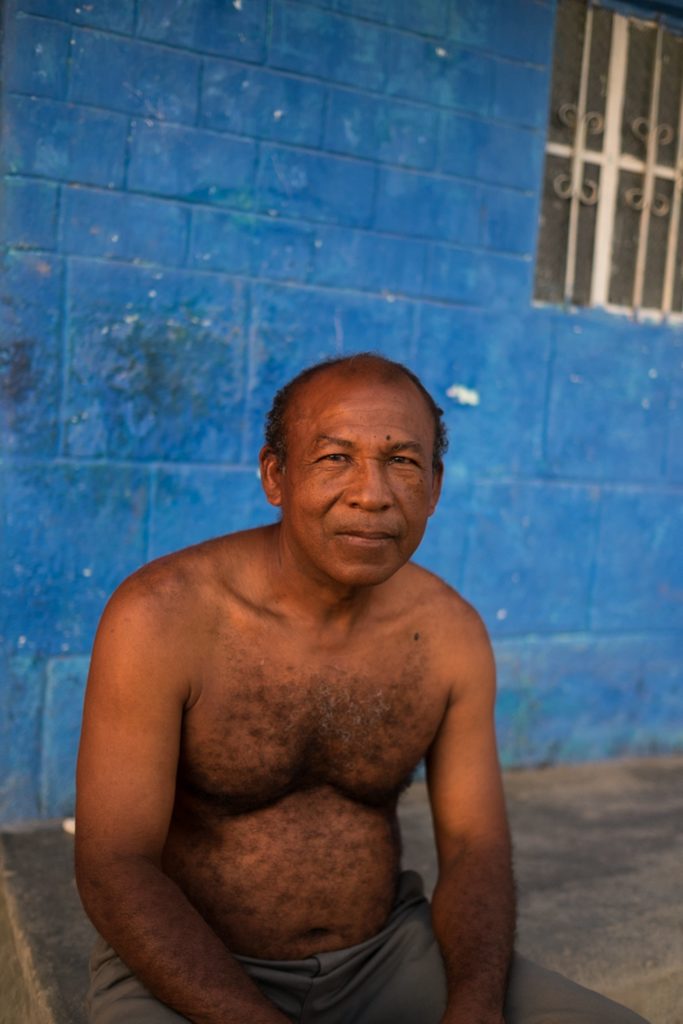
The school where Neider’s son, Pedro Leonel, was studying was affected by the rains. The building didn’t collapse but it was in such a bad state that the families were scared to take their children to school for fear of it collapsing. Situations like this one compelled All Hands And Hearts – Smart Response to start its first project in Peru. All Hands and Hearts continued recovery efforts in Peru for over half a year, engaging more than 300 volunteers and building two disaster-resistant schools in Yapatera.
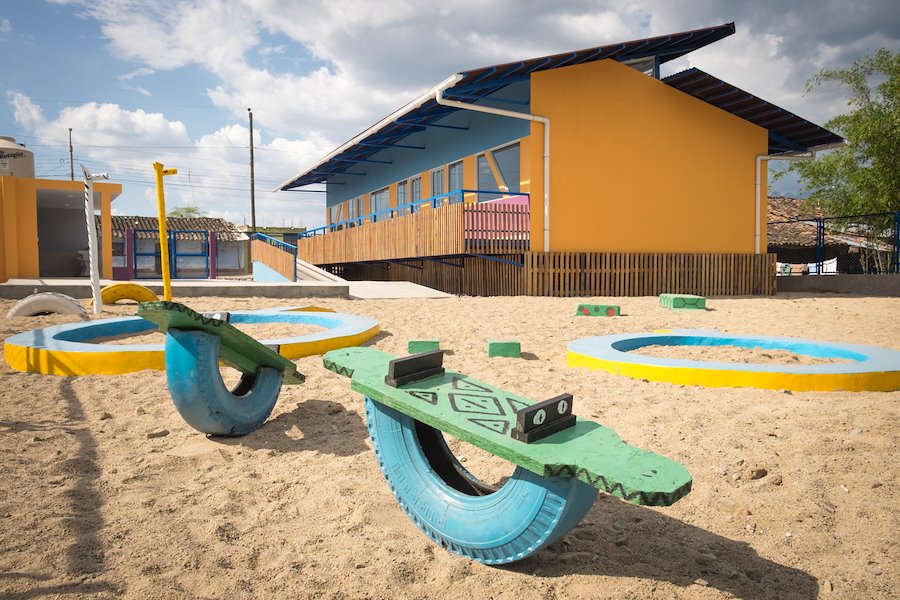
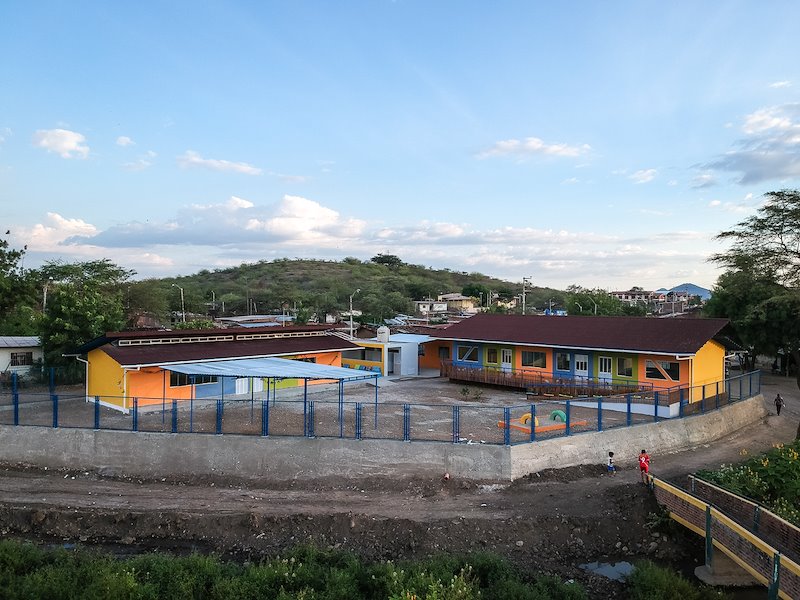
It is true that two schools won’t raise Yapatera from its poverty or stop El Niño, but they are two seeds in a fertile land. For from those two seeds, Yapaterans will emerge, trained, educated and willing to fight for the identity of their community. New generations will continue to harvest the mango trees left by Neider or Ernesto. They will continue passing down their story to their children, perhaps through reciting the poetry of Fernando Barranzuela did. They will organize and fight for their rights as Abelardo did and continue to watch over the streets of the community from wicker chairs decorated with the colors of Yapatera’s flag – black for their identity, green for the farm and yellow for the sun.
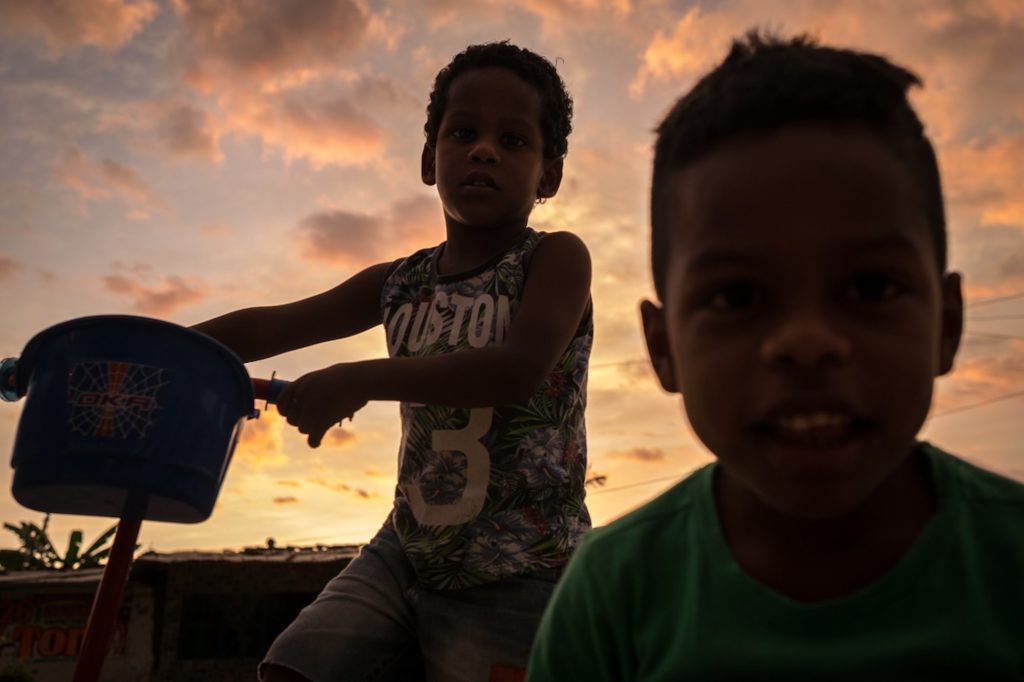
FOOTNOTES
Photo & Story Credit: Pablo Miranzo for All Hands and Hearts












